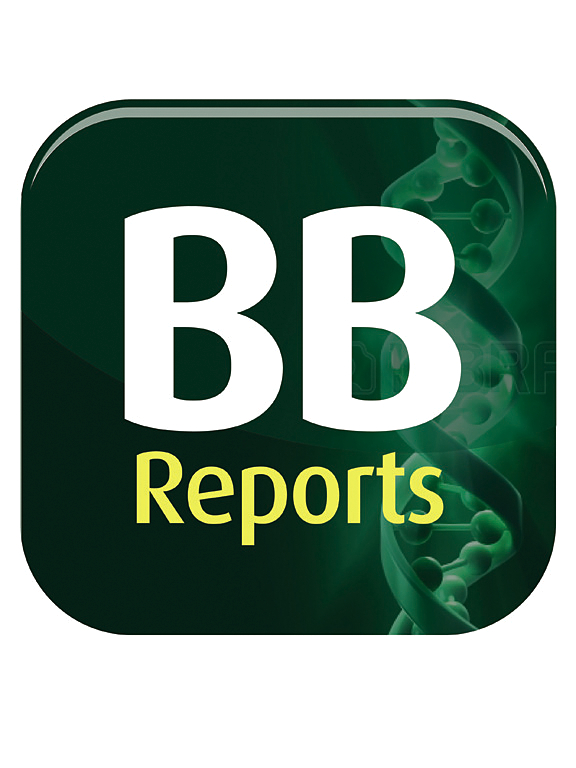Novel and efficient synthesis of 5-chloro-6-methoxy-3-(2-((1-(aryl)-1H-1,2,3-triazol-4-yl)methoxy)ethyl)benzo[d]isoxazole derivatives as new α-glucosidase inhibitors
IF 2.2
Q3 BIOCHEMISTRY & MOLECULAR BIOLOGY
引用次数: 0
Abstract
A new series of benzisoxazole derivatives (9a-o) were designed by using molecular hybridization approach and synthesized via click-chemistry. All the synthesized compounds were evaluated for their α-glucosidase enzyme inhibition and antibacterial activity. All tested compounds (9a-o) exhibited a promising α-glucosidase inhibitory activity with IC50 range of 14.69–38.71 nmol in comparison with the positive drug Acarbose (IC50 35.91 nmol). Additionally, these compounds have found to be active against B. cereus and E. coli. The in vitro inhibition results supported to in silico. Additionally, the compounds were subjected to computational drug-likeness/ADME testing, which revealed that this all the compounds had good ADME profiles in addition to exhibiting drug-like qualities. SAR indicates that analysis revealed that electron-withdrawing substituents such as Br and CF3 at specific positions significantly enhanced α-glucosidase inhibition, while unsubstituted and ortho-methoxy phenyl derivatives also showed potent activity, highlighting the benzo[d]isoxazole–triazole scaffold as a promising pharmacophore for developing novel anti-diabetic agents.
新型α-葡萄糖苷酶抑制剂5-氯-6-甲氧基-3-(2-(1-(芳基))- 1h -1,2,3-三唑-4-基)甲氧基)乙基)苯并[d]异恶唑衍生物的高效合成
采用分子杂交方法设计了一系列新的苯并恶唑衍生物(9a-o),并通过点击化学合成。对合成的化合物进行α-葡萄糖苷酶抑制和抗菌活性评价。与阳性药物阿卡波糖(IC50为35.91 nmol)相比,所有化合物(9a-o)均表现出良好的α-葡萄糖苷酶抑制活性,IC50范围为14.69 ~ 38.71 nmol。此外,这些化合物已被发现对蜡样芽孢杆菌和大肠杆菌有活性。体外抑制实验结果与实验结果一致。此外,这些化合物进行了计算药物相似性/ADME测试,结果表明所有化合物除了具有药物样质的特性外,还具有良好的ADME谱。SAR分析显示,特定位置的Br和CF3等吸电子取代基显著增强了α-葡萄糖苷酶的抑制作用,而未取代的和邻甲氧基苯基衍生物也显示出强大的活性,这表明苯并[d]异恶唑-三唑支架是开发新型抗糖尿病药物的有前途的药效基团。
本文章由计算机程序翻译,如有差异,请以英文原文为准。
求助全文
约1分钟内获得全文
求助全文
来源期刊

Biochemistry and Biophysics Reports
Biochemistry, Genetics and Molecular Biology-Biophysics
CiteScore
4.60
自引率
0.00%
发文量
191
审稿时长
59 days
期刊介绍:
Open access, online only, peer-reviewed international journal in the Life Sciences, established in 2014 Biochemistry and Biophysics Reports (BB Reports) publishes original research in all aspects of Biochemistry, Biophysics and related areas like Molecular and Cell Biology. BB Reports welcomes solid though more preliminary, descriptive and small scale results if they have the potential to stimulate and/or contribute to future research, leading to new insights or hypothesis. Primary criteria for acceptance is that the work is original, scientifically and technically sound and provides valuable knowledge to life sciences research. We strongly believe all results deserve to be published and documented for the advancement of science. BB Reports specifically appreciates receiving reports on: Negative results, Replication studies, Reanalysis of previous datasets.
 求助内容:
求助内容: 应助结果提醒方式:
应助结果提醒方式:


